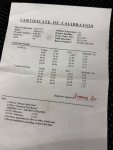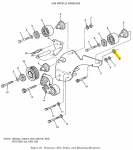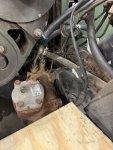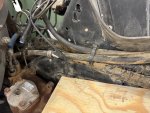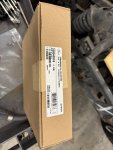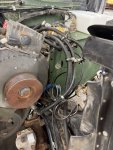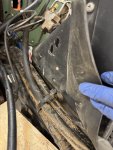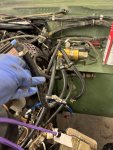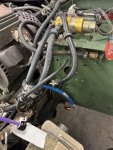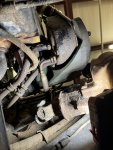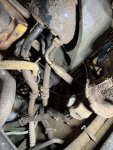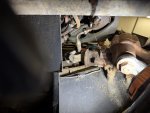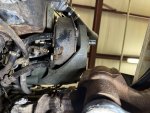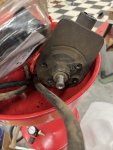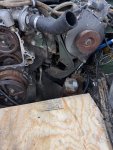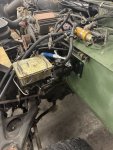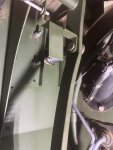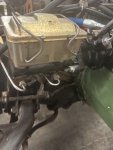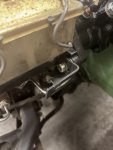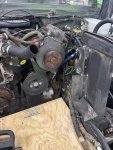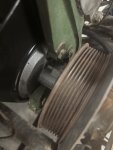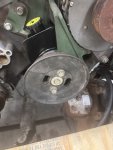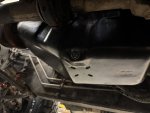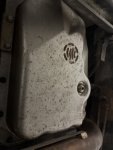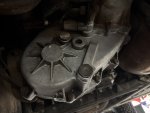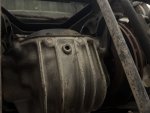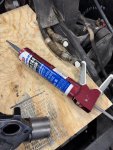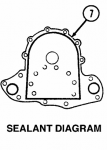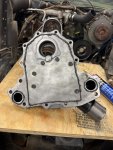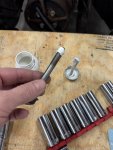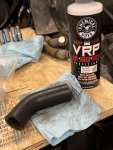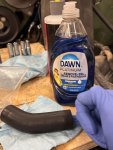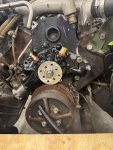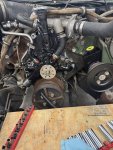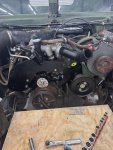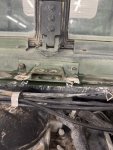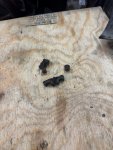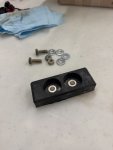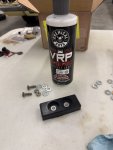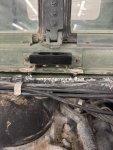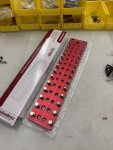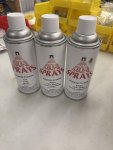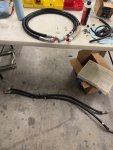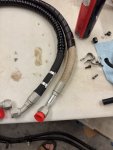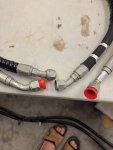Torque wrenches
Time to start putting things back together. But first, we need to begin by setting the table. My take on setting the table is somewhat different than my wife's version, which involves multiple forks, as well as spoons I don't know what to do with. I also don't need to worry about whether the knife is facing in the wrong direction.
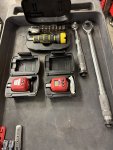
These are all different types of torque wrenches, for different applications. TBH, it took me more years than I'd care to admit to start using these, and as a result, I always had leaks or worse. "Tight enough" usually wasn't, or alternatively, I'd just "wrench down" on whatever I was tightening until it either stripped or broke.
These wrenches can be digital, break-away or beam-type. The digital ones are nice, not only because you can see the torque value in either in/lbs., ft/lbs., Nm, etc. (I can't, because old eyes), but also because they have an alarm, and/or flashing light(s), indicating when you should stop tightening and move along.
What I'm doing is making sure we have the correct tools to ensure that all of our fasteners get tightened correctly. Where needed, the TM-20 includes not only has removal and installation instructions but also gives torque values in both ft/lbs. and Nm.
Just to state the obvious, including to my previous, current, and future self, make sure to use the torque specs provided.
Inch-pounds
The small screwdriver-style is for in/lbs. and is great for small parts. These are ideal for hose clamps, valve covers, carburetors, etc.
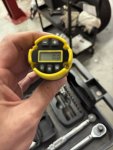
Foot-pounds
The 3/8" drive will cover most jobs from about 15-75ft/lbs. Beyond that, we have the 1/2" drive, which is good for about 500ft/lbs. The larger one shouldn't be needed today, since we're not doing suspension work or anything too heavy-duty.
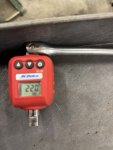
I'm using this adapter with a breaker bar, as a regular ratchet adds more slack than I like and can affect accuracy. Also, these are not for initially tightening down fasteners, only for the final tightening.
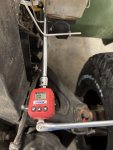
Validation
As a final note, cheap tools and/or mishandled tools can give bad results. When in doubt, replace or at least compare to another tool (or reference) that's known to be accurate. More expensive tools can be sent out periodically to be checked, but most don't justify the cost involved.
Certificate of calibration attached. Any decent device should be checked at the factory when it's made; in this case, mine even came with a certificate. That said, the date on this one was years old when new, and looks more than a little suspicious, but since we're just talking about tools for home use, no worries. I'd still check this myself prior-to-use however, and then periodically thereafter.
I know, I know - it's a bit over the top, and having a certificate is not going to make any difference, but it came with the device. Almost makes the 145% tariff worthwhile. Tommy Lee says my torque wrench is A-O-K!
